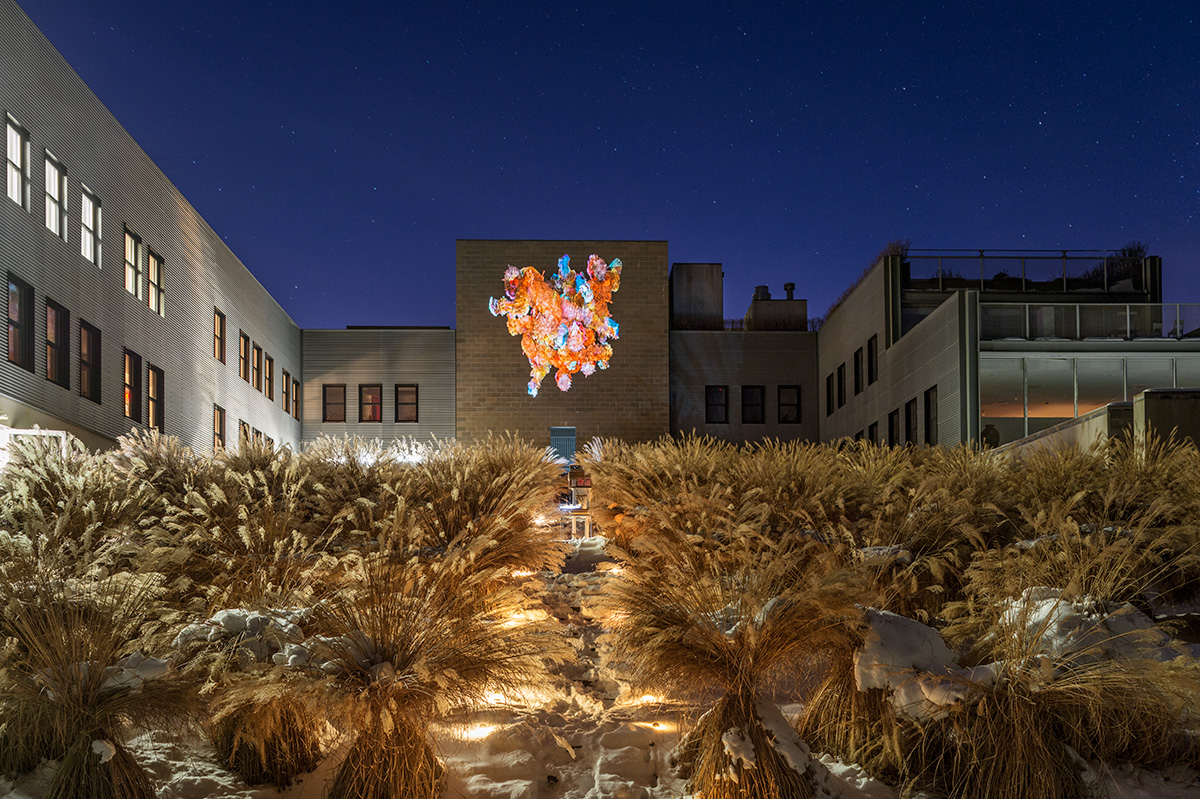
José Carlos Casado is an artist who works in video, photography, sculpture, drawing and performance. A MFA graduate of the School of Visual Arts, Casado was born in Spain and has been based in New York for 15 years.
His work has been shown in multiple solo and group shows internationally and has won numerous recognitions, including Picasso Foundation, LaCaixa Foundation, MIT’s Leonardo Excellence Award and two New York Foundation for the Arts Fellowships.
Since the early 1990s, Casado’s art works have been seen all over the world. Solo exhibitions include “Well-Dressed Lies” at Postmasters Gallery in New York, “meat/fears/realities” at Picasso Foundation in Málaga, Spain, “Homo Cellophane” at Noname Gallery in Rotterdam, The Netherlands, OFF.v02 at the Swatch Art Peace Hotel in Shanghai, China, and OFF.v03 at La Fábrica Gallery in Madrid, Spain. He’s participated in more than 20 international New Media Festivals, including Sundance Film Festival and ArsElectronica.
He presented “Aliens With Extraordinary Abilities”, a 16-minute performance with video and dancers at the 1st Spanish ArtFest in Times Square. He has been an artist in residence at the Vermont Studio Center, School of Visual Arts, Anderson Ranch Arts Center, and recently was invited to design a Swatch Art Limited Edition Watch presented at the 55th Venice Biennale.

SACRIFICE is a series of sculptures, videos, drawings, installations, and performance, with a large-scale sculpture at the centerpiece of the project. Titled “Sacrifice.v02”, the sculpture is a hanging body inspired by violent political events and the body in movement, created with 3D technologies. Rendering human skin as an extreme expression—an ecstasy of the body, an explosion of colors and an exaggeration of shapes—the sculpture is a combination of illusion and reality, a violent dance of the mind, and an ironic game with multiple layers of perception. The character is informed by the classical images of bodies in extreme, taking cues from Rembrandt’s “Carcass of Beef” and Francis Bacon’s “Three Studies for a Crucifixion” and “Figure with Meat”. The body is not only violent, it is also erotic: “In essence, the domain of eroticism is the domain of violence,” said Georges Bataille.
